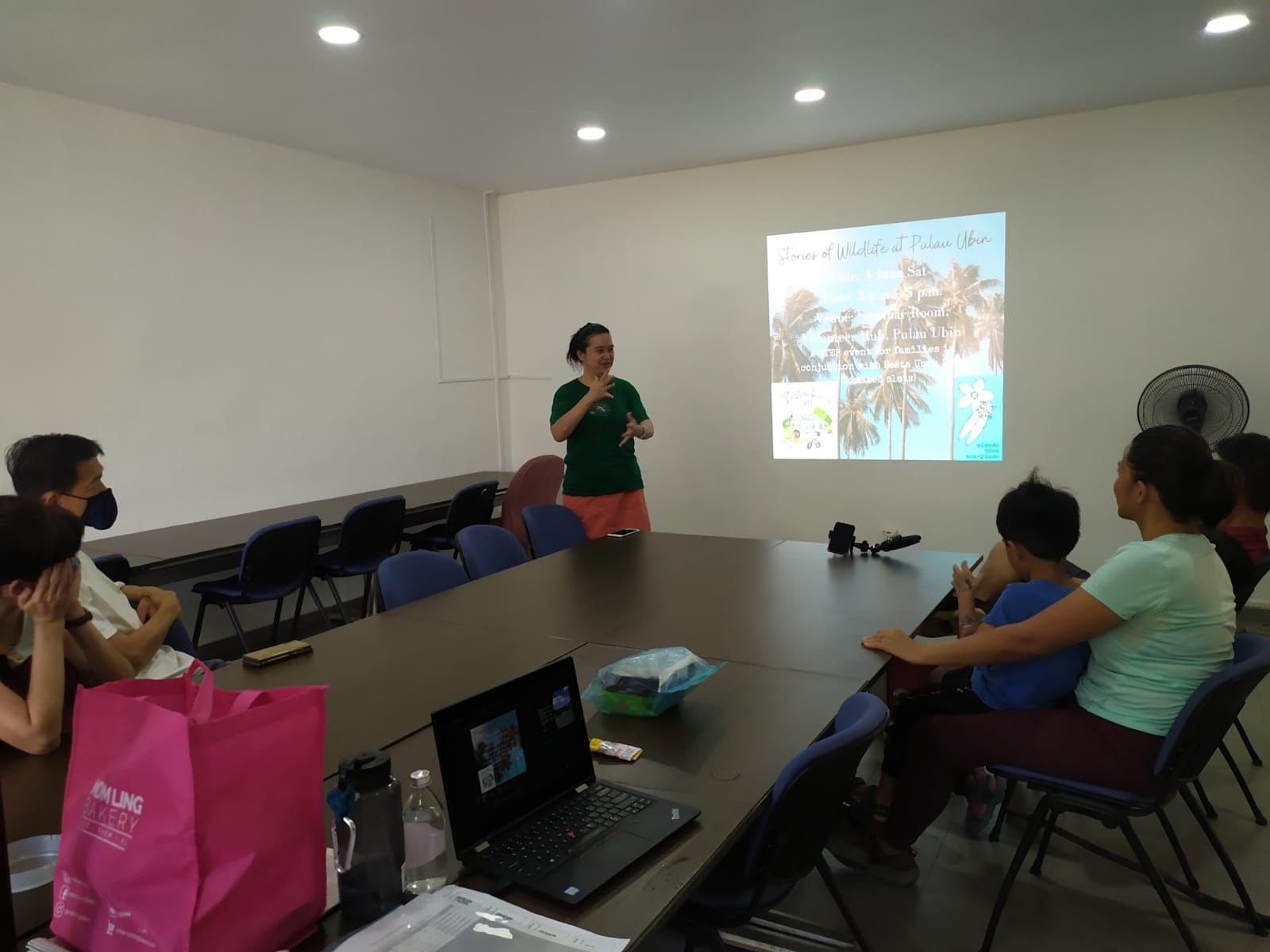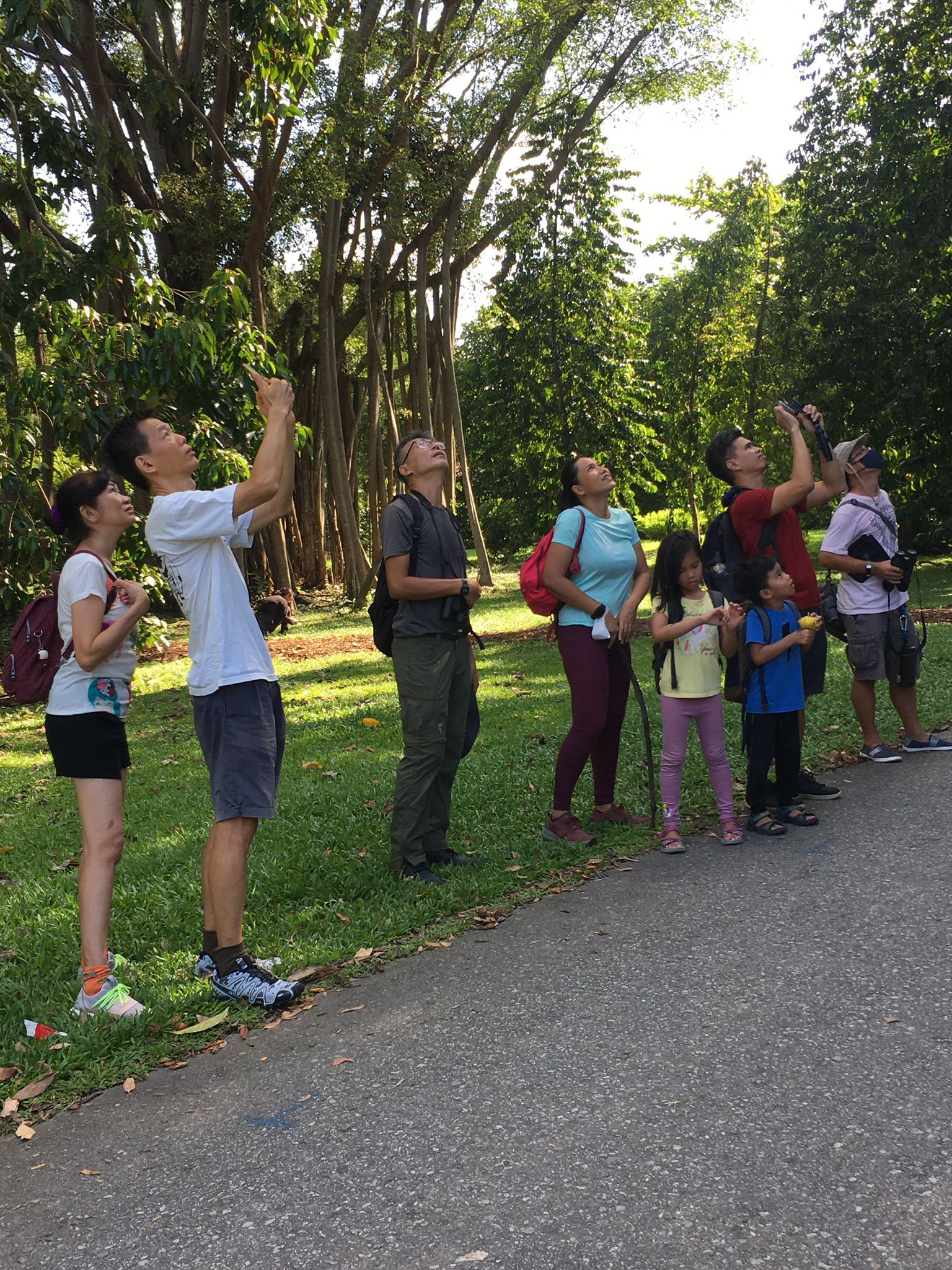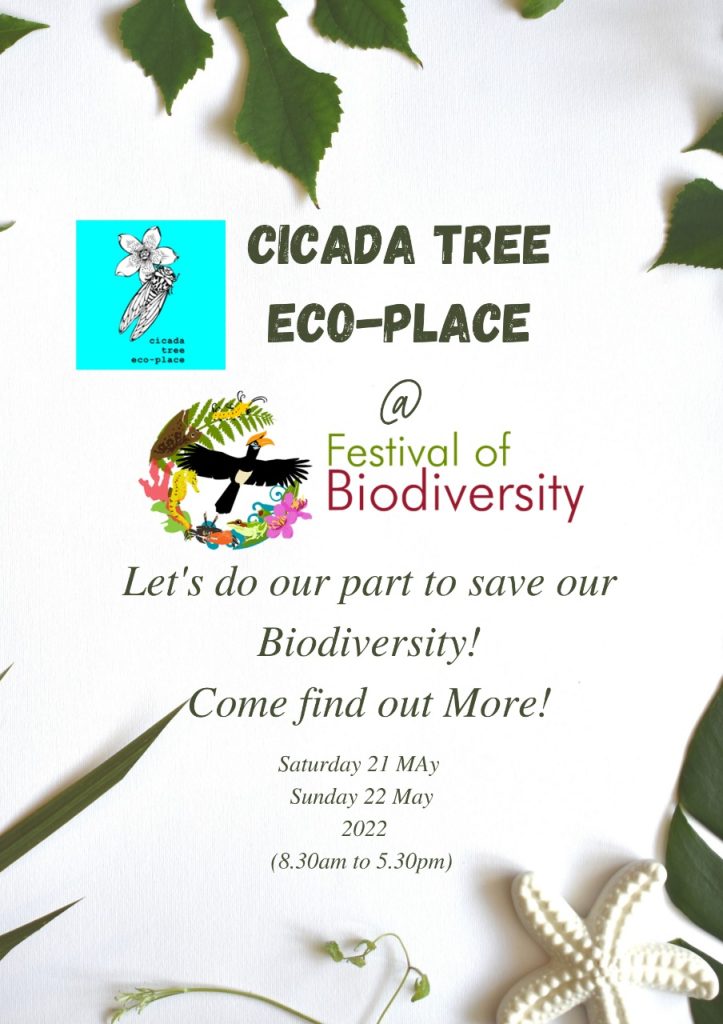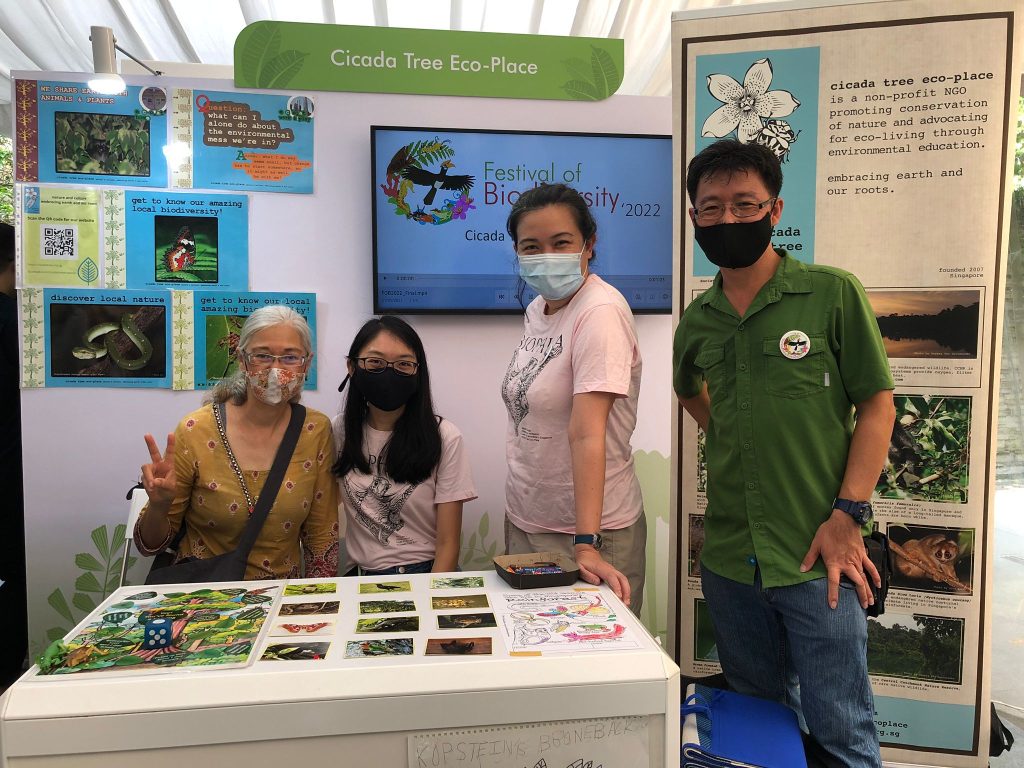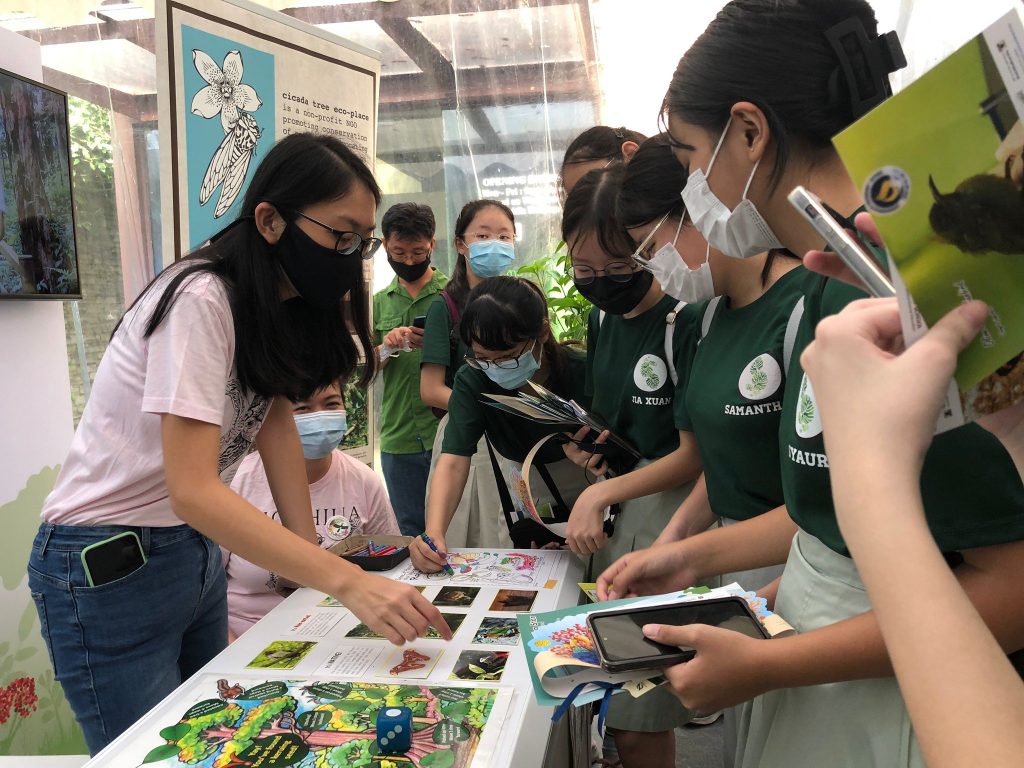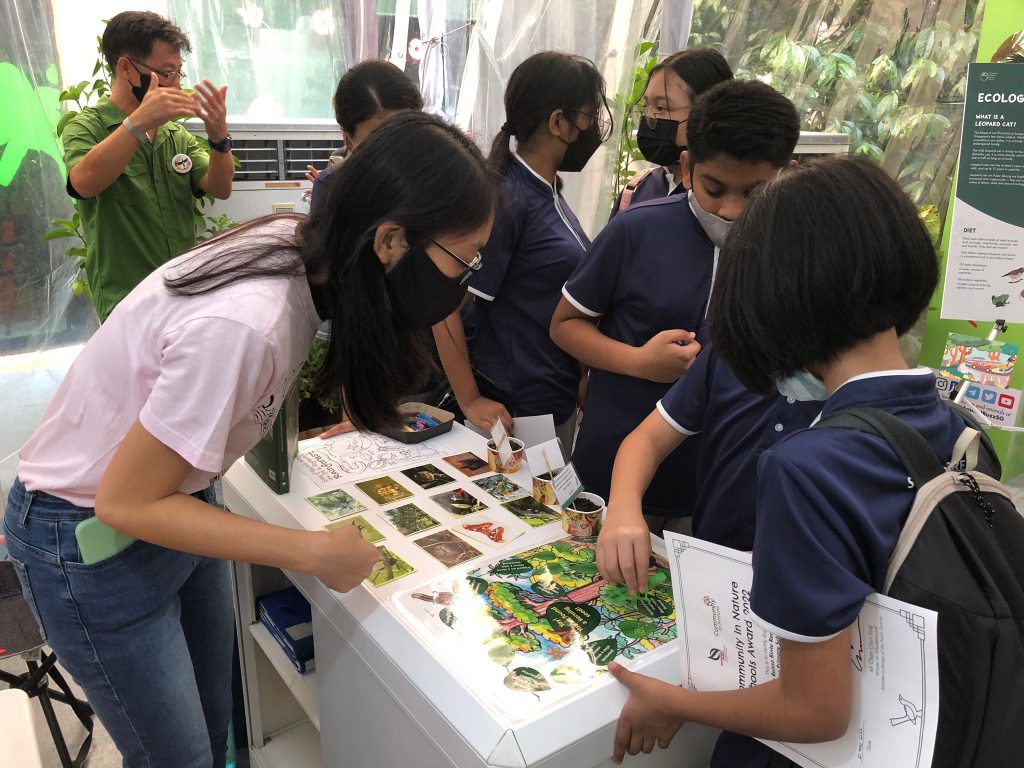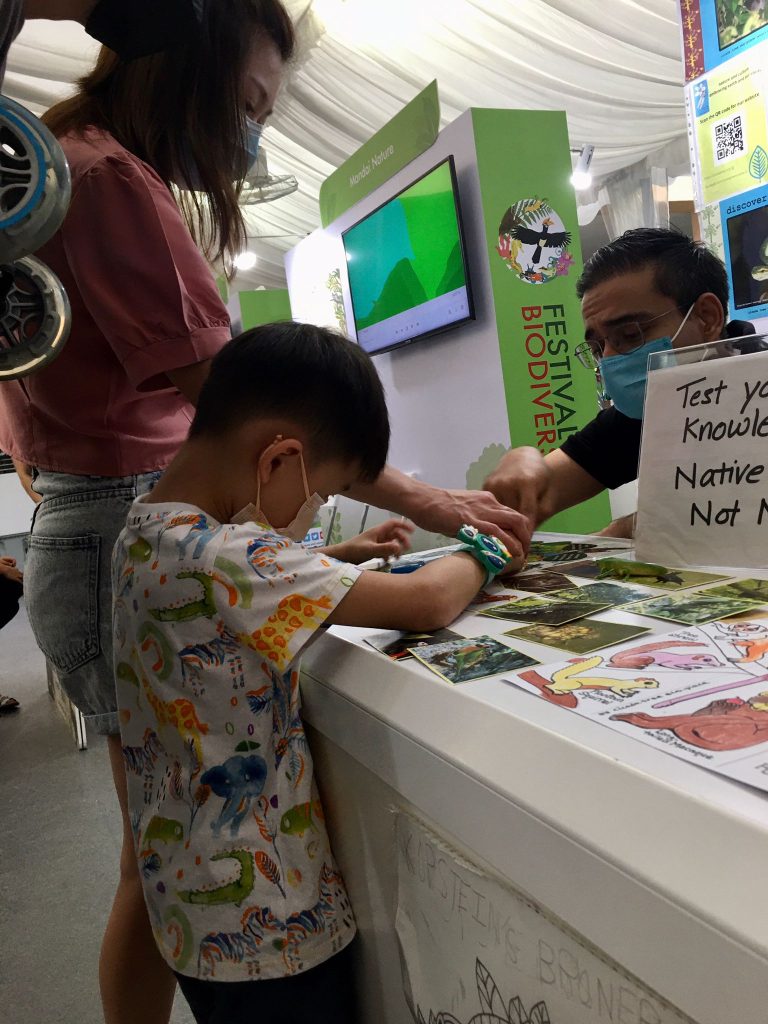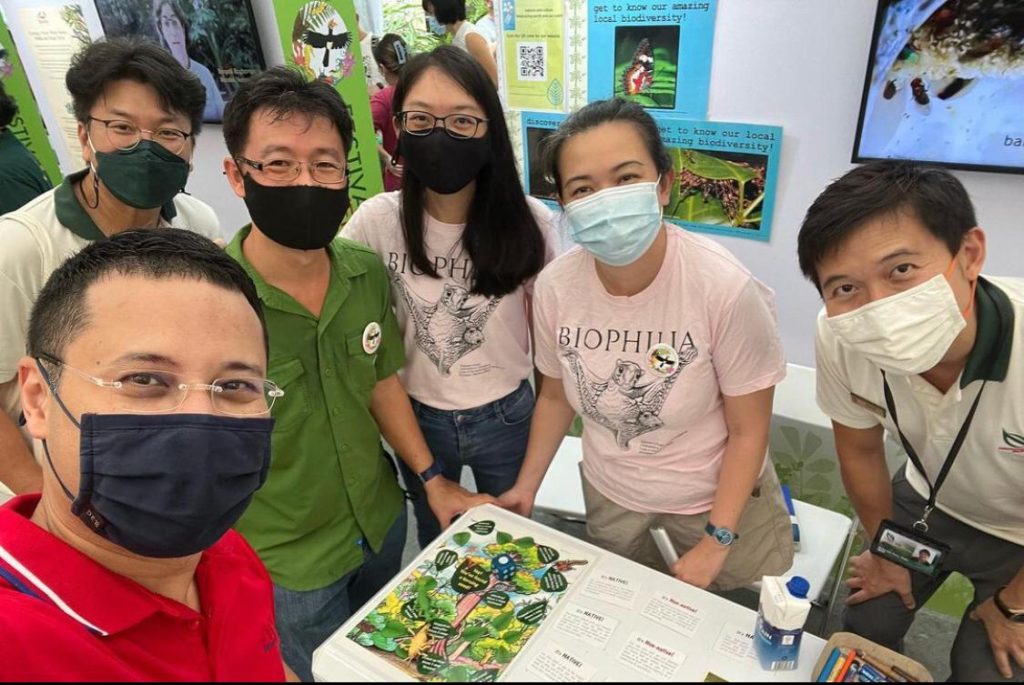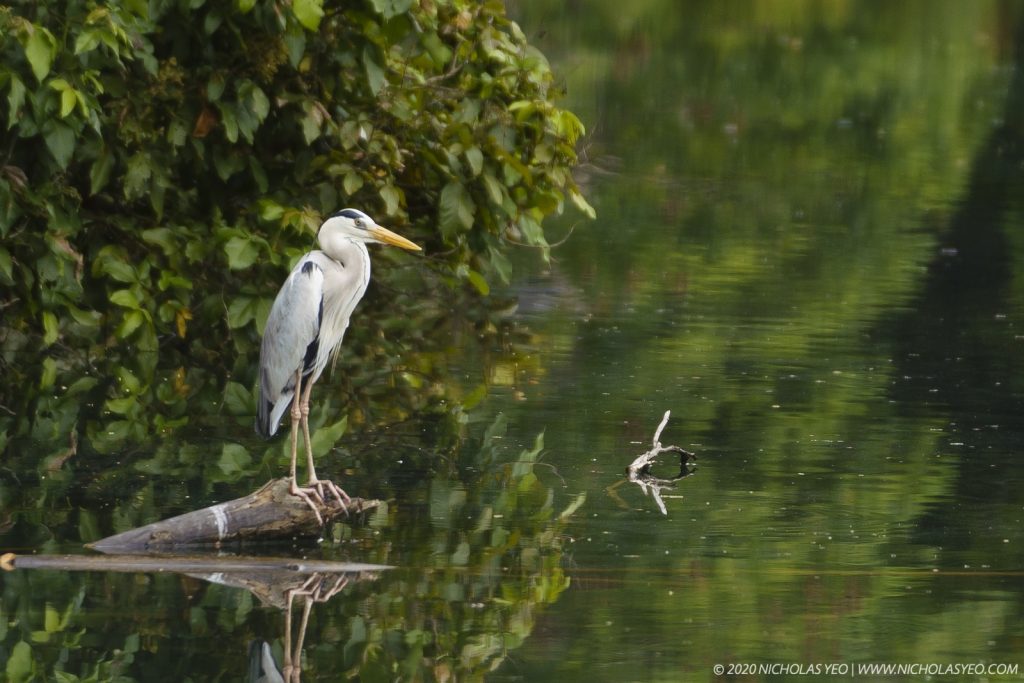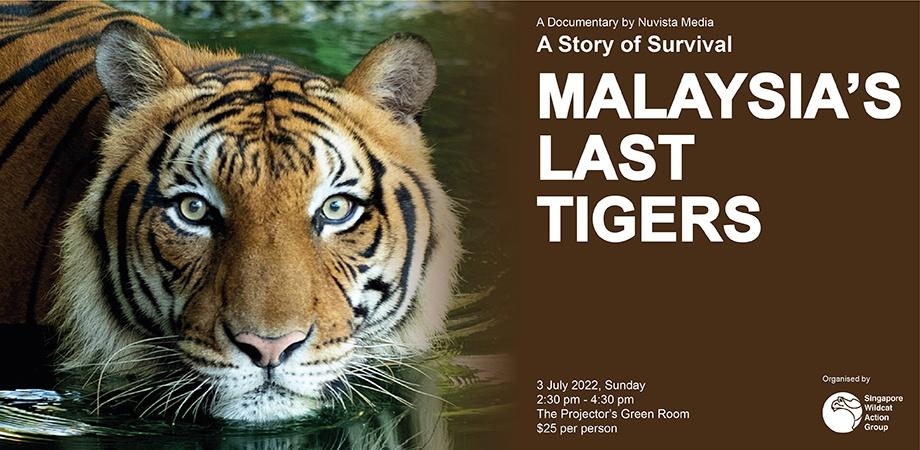
Cicada Tree Eco-Place supports the Singapore Wildcat Action Group (SWAG) and Malaysian Conservation Alliance for Tigers (MYCAT), groups which are working tirelessly to save the Malayan Tiger. Support them by catching this captivating documentary on 3 July, 2022.
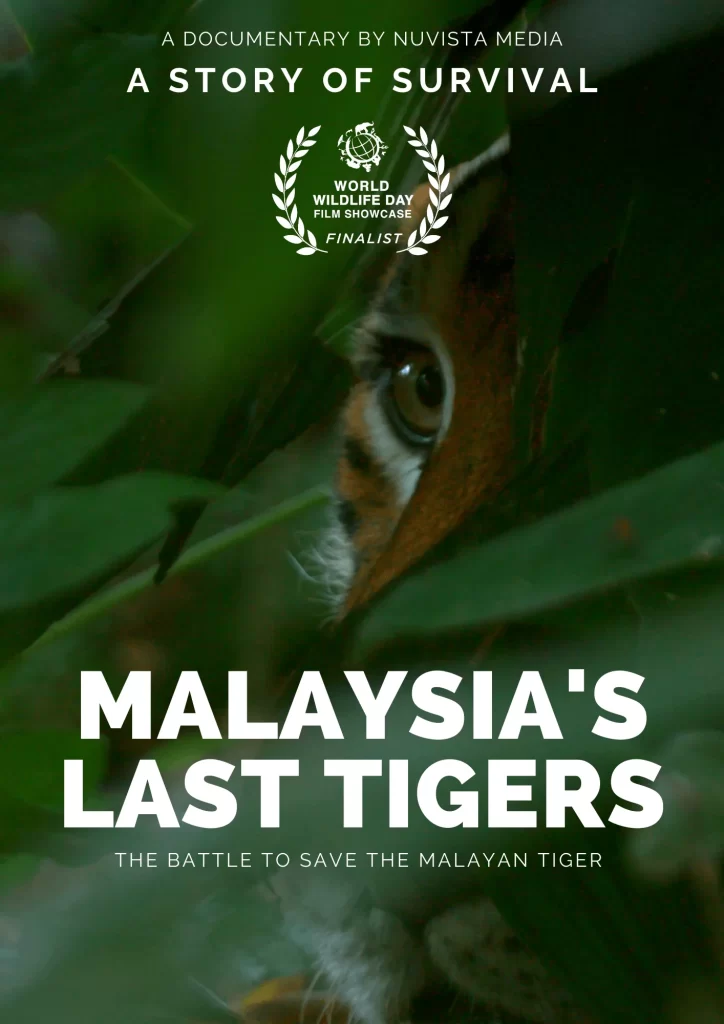
Malaysia’s Last Tigers
A SWAG Fundraising Event @ The Projector
Benefitting the Malaysian Conservation Alliance for Tigers (MYCAT) and Rimau in support of their Malayan tiger conservation programs
Date: Sunday, 3 July 2022
Time: 2:30 p.m. – 4:30 p.m. (check-in at 2:30 p.m., movie begins at 3 p.m.)
Venue: Green Room @ The Projector
Price: $25
Malaysia’s Last Tigers – A Story Of Survival
In the rainforests of Malaysia lives the elusive Malayan tiger. Once a feared monarch of this ancient kingdom, this hunter has become the hunted. Poaching, deforestation, and prey loss are decimating the population of the Malayan tiger. To understand how many individuals still remain and where, a definitive survey was carried out by Malaysia’s Department of Wildlife and National Parks. While the findings were devastating, they have also galvanized action to save this majestic iconic wildcat. Malaysia’s Last Tigers tells a story of survival by following those racing against time to protect the Malayan tiger before it’s too late.
Join us for an inspiring afternoon with an exclusive screening and Q&A with filmmakers Harun Rahman and Lara Ariffin.
All profits will be donated to the Malaysian Conservation Alliance for Tigers and Rimau in support of their Malayan tiger conservation programs.


